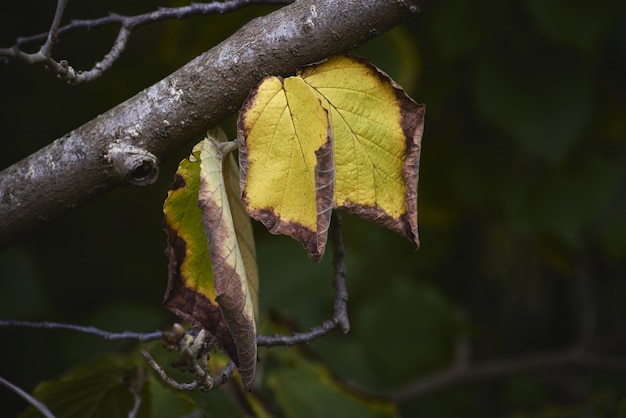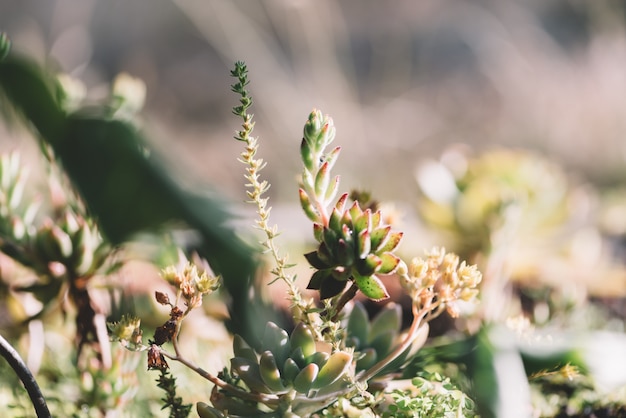Indoor plants can transform any space into a lush, vibrant haven.
But even the healthiest-looking plant can surprise you with a concerning issue—brown tips on its leaves. This common problem leaves many plant enthusiasts puzzled.
What’s causing those unsightly brown edges, and how can you fix it?
Let’s dive into the potential culprits and learn how to restore your plant’s beauty.
Understanding the Brown-Tip Phenomenon
When the tips of your indoor plant’s leaves turn brown, it’s usually a sign that something in its environment or care routine isn’t quite right. Plants are excellent communicators, and those brown edges are their way of saying, “Help, something’s off!”

Although brown tips are rarely life-threatening for your plant, they shouldn’t be ignored. Left unchecked, the issue could worsen and affect your plant’s overall health.
The good news?
Most of the causes are easy to diagnose and fix with a little know-how.
Common Causes of Brown Leaf Tips
1. Inconsistent Watering
Watering issues are one of the most frequent causes of brown tips.

- Underwatering: When plants don’t get enough water, their leaf tips dry out due to dehydration. Plants like peace lilies and ferns, which prefer consistently moist soil, are especially prone to this.
- Overwatering: On the flip side, overwatering can drown the roots, cutting off their oxygen supply and causing stress. This often leads to browning as the plant struggles to stay healthy.
Solution:
- Check the soil before watering. If the top inch feels dry, it’s time to water.
- Use pots with drainage holes to prevent water from pooling at the bottom and causing root rot.
- Establish a consistent watering schedule to avoid fluctuations.
2. Low Humidity Levels
Many popular houseplants, especially tropical varieties like calatheas, fiddle leaf figs, and monsteras, naturally thrive in high-humidity environments. Dry indoor air, particularly during winter when heaters are running, can cause leaf tips to brown and curl.

Solution:
- Misting: Regularly mist your plant’s leaves to temporarily increase humidity.
- Pebble Tray: Place a tray filled with water and pebbles beneath the pot. As the water evaporates, it will boost the surrounding humidity.
-
Humidifier: For long-term results, consider investing in a humidifier to maintain consistent moisture levels in the air.
3. Excessive Fertilizer
Too much fertilizer can harm plants rather than help them. The buildup of salts in the soil from over-fertilizing can draw water away from the roots, causing the tips of leaves to burn and turn brown.

Solution:
- Cut back on fertilizing. Use it sparingly, following the recommended dosage for your specific plant.
- Flush the soil every few months by running water through the pot for a few minutes. This washes away excess salts and prevents nutrient buildup.
4. Water Quality
The quality of water you use for your plants matters more than you might think. Tap water often contains chemicals like chlorine and fluoride, which can accumulate in the soil over time and harm sensitive plants, resulting in brown tips.

Solution:
- Use filtered or distilled water for watering your plants.
- Alternatively, let tap water sit out for 24 hours in an open container. This allows harmful chemicals to evaporate, making it safer for your plants.
5. Temperature Stress
Indoor plants are sensitive to their surroundings. Sudden temperature changes, drafts from windows, air conditioners, or heaters can stress plants and lead to browning at the tips.

Solution:
- Place plants in a stable environment with consistent temperatures.
- Keep them away from direct heat sources, cold drafts, and vents.
6. Pest Problems
Tiny pests like spider mites, thrips, and scale insects can damage leaves, often leaving brown spots or tips as they feed on the plant’s sap.

Solution:
- Regularly inspect your plants for signs of pests, such as webbing or sticky residue.
- Treat infestations promptly using insecticidal soap or neem oil.
- Isolate affected plants to prevent the pests from spreading.
7. Natural Aging
Not all brown tips are a cause for alarm. Older leaves naturally age, and as part of the plant’s life cycle, they may brown and fall off to make way for new growth.

Solution:
- Prune older, damaged leaves to keep your plant looking tidy.
- Focus on overall plant health and monitor new growth for any issues.
How to Revive Plants with Brown Tips

Noticing brown tips isn’t the end of your plant’s journey. Here’s how to help your plant bounce back:
- Identify the Root Cause: Examine your plant’s environment, watering habits, and soil for clues.
- Trim Brown Tips: Use sharp, sterilized scissors to carefully snip off the brown edges, following the natural shape of the leaf. This prevents further damage and improves appearance.
- Adjust Care Routine: Address the underlying issue, whether it’s watering, humidity, fertilizer, or pest control.
-
Monitor Progress: Keep an eye on your plant’s recovery. Healthy new growth indicates that your adjustments are working.
Preventing Brown Tips in the Future
Prevention is always better than cure. By maintaining proper care routines and paying attention to your plant’s needs, you can avoid brown tips altogether.
- Stick to a consistent watering schedule.
- Avoid over-fertilizing or using poor-quality water.
- Ensure your plant’s environment matches its natural habitat.
- Regularly clean and inspect your plants to catch potential issues early.
Final Thoughts
Brown tips on your indoor plants aren’t just problems—they’re lessons that guide you toward becoming a more attentive and skilled plant parent.
By identifying the causes and making thoughtful adjustments, you can help your plants flourish, creating a lush and thriving indoor garden that enhances your living space.
Plant care is a journey of growth, not just for your greenery but for you as well. With every leaf you nurture back to health, you’re building a stronger connection to nature and honing skills that bring life and beauty into your home.
If you’re ready to take your indoor gardening to the next level, the Growfriend All-In-One Seed Starter Kit is here to help.

Perfect for beginners and experienced gardeners alike, it’s a complete, hassle-free way to start growing healthy, vibrant plants.
Have a tip or story about caring for your plants? We’d love to hear from you!
Leave a comment below to share your experiences, ask questions, or join the conversation.
Together, let’s grow a community of passionate, green-thumbed plant enthusiasts. 🌱✨

